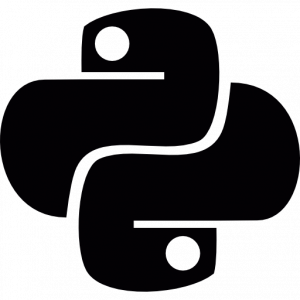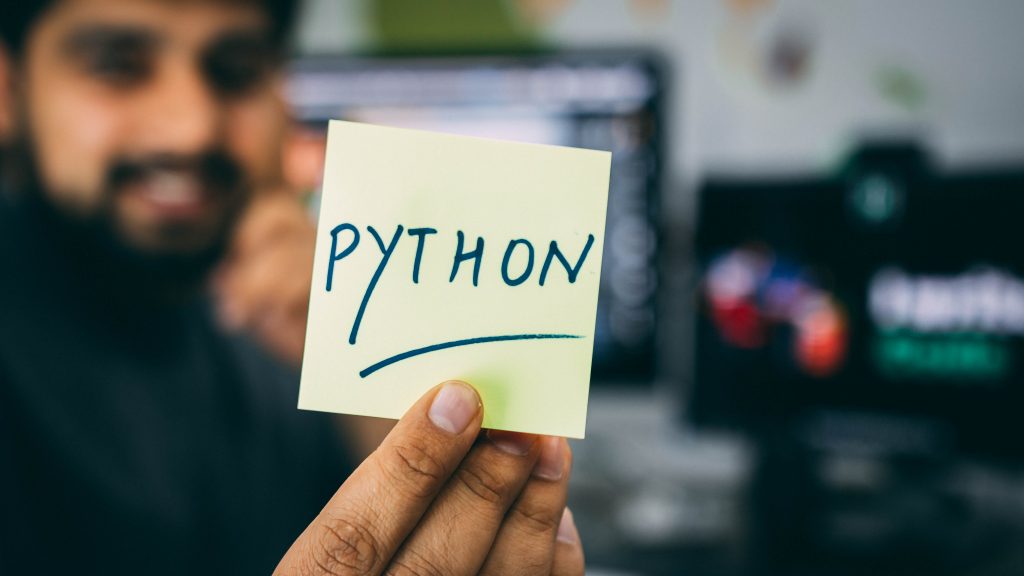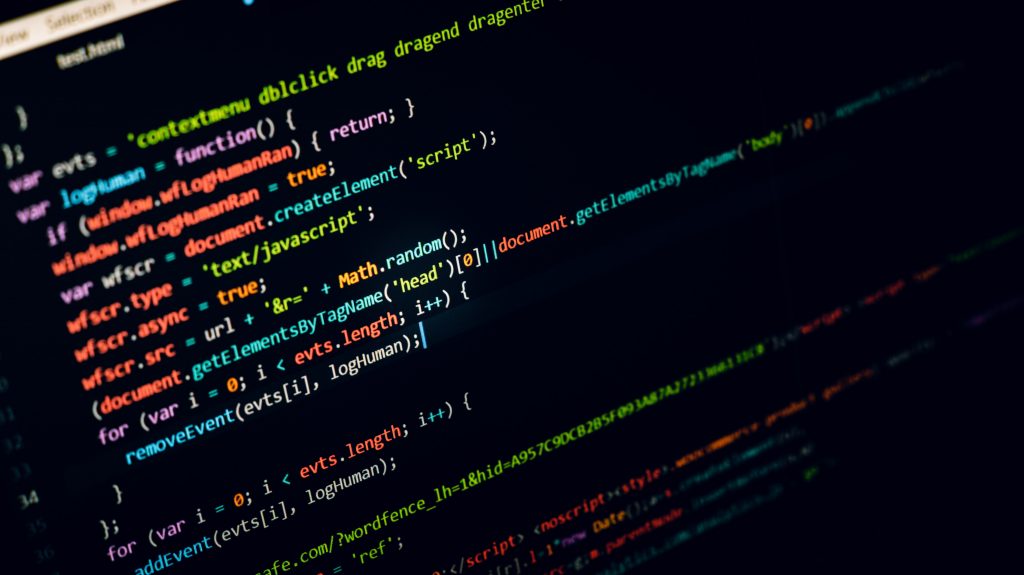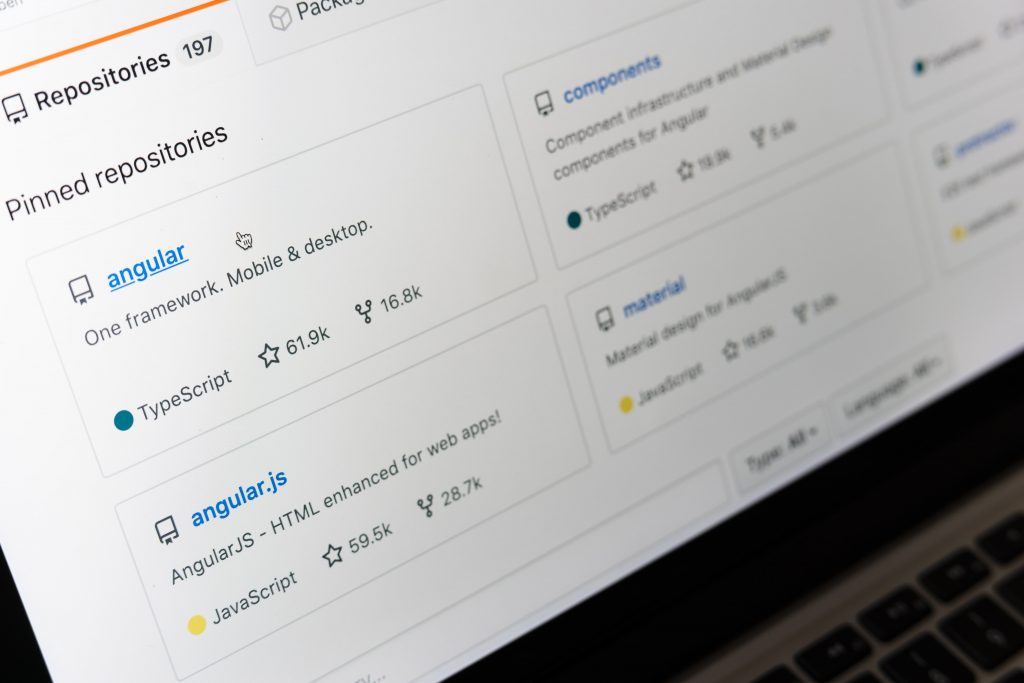Python is one of the most popular programming languages today. The language is also easy to understand. Therefore, it is suitable for beginners if you want to learn Python.
In addition, many large companies use Python. Of course as one of their programming languages. Some of them are Google search engine, Dropbox app, Instagram, Spotify, and Netflix.
If you also want to learn Python, it's a good idea to first know what Python is. After that, you need to know how to use it.
You don't have to worry. This article will help you to know about Python basics.
Let's learn through the following points.
- What is Python?
- Why Should You Learn Python?
- How to Download Python
- Python Elements
- Python App
1. What is Python?

Python is a high-level programming language. This language can be used for various purposes and various systems.
Python was created by Guido van Rossum in 1989. However, this programming language was only released two years later. Precisely in 1991.
Currently, Python has two of the most popular versions. There are versions of Python 2 and Python 3. However, the third version is used more often. The reason is because Python 2 is no longer used in the technology industry.
2. Why Should You Learn Python?
After getting to know what Python is, python course london you also need to know some reasons to start learning Python.
As a popular programming language, Python has many advantages.
Some of them are as follows.

Simple Programming Language
Included as a programming language for beginners, Python has a fairly simple syntax. Besides being easy to learn, Python is also easy to use and implement.
With an uncomplicated syntax, Python is easy to write. Its execution is also faster than other programming languages. It is indeed the goal of the author so that Python code can be read and understood easily, both by beginners and experts .
Portable and Flexible
Python codes are flexible and can be used for multiple platforms. If you write Python code for Windows systems, you can still use it on Linux and iOS systems. Vice versa. This of course saves time. You no longer need to rewrite the codes for different operating systems.
Comes with Python Library
One of the features contained in Python is the Python library . This library has a wide and varied collection. With this feature, writing Python code becomes much easier.
When you download Python, the features of this library will be automatically downloaded. So you don't need to download it separately. This library can be used to process data, manipulate images, email, CGI, and much more.
3. Learn Python: How To Download
Python is an open-source programming language . This makes it easy for anyone who wants to learn Python to easily download the programming language.
This programming language can be used in various operating systems, namely Windows, Linux, Mac OS X, and so on. What's more, Python is usually automatically downloaded if you are using a Linux operating system. In fact, some Windows operating systems on HP devices also have Python in them.
To download Python, you can visit the official website . In addition, you can also choose what version of Python you want. For example, as shown below.

4. Learn Python: The Basic Elements
Once you've successfully downloaded Python, you'll most likely be immediately interested in using it.
However, it is good if you know more about Python.
Here are a few of the many elements you need to learn before learning to use Python.

Syntax
Syntax in Python refers to the structure of the programming language that shows how Python will be written and interpreted. The structure is designed similar to English. Therefore, Python is easy to read, understand, and use.
To execute Python Syntax, you can write in Command Line directly. Examples are as follows.
>>> print (“Hello, Everyone!”)
The above command will produce a text like the one below.
Hello, Everyone!
Indentations
An indentation is a space at the beginning of a line of code. In other programming languages, indentation is less important. This is in contrast to Python which places great importance on spaces at the beginning of lines. Here is an example of writing with the correct indent.
if 9 > 3:
print("Nine is greater than three!")
If you're writing in Python, make sure you always add a space at the beginning of the line. If not added, the system will notify you that something is wrong. Python will also give an error warning so that you immediately justify the command. Below is an example of unindented writing which is not supported by Python.
if 9 > 3:
print("Nine is greater than three!")
Comments
The comments element in Python is indicated by a hash mark. For example, as shown below.
# This is a comment section.
The above comments will be ignored by the interpreter or by the computer. Therefore, this element will be very useful for programmers . Its purpose is to provide an explanation of a code. So, anyone who collaborates or wants to modify the code will know the meaning of the code that has been written.
If you write a comment at the beginning or at the end of the code, only the code will be executed. An example of writing like this:
# This is a comment section. print(“See you!”)
A command like the one above will produce the following text:
See you!
Variables
Variables in Python are elements that refer to memory stores. Here, variables can be letters, numbers, integers, or decimals. However, if you want to write a variable, you must start with a letter or underscore . You cannot start with a number.
Here is an example of writing variables correctly.
name = “Ariana” age = 27
After you have written the variables above, you can start writing the command code. Examples like this:
print(name) print(age)
The command you wrote above will give the following result:
Ariana 27
5. Learn Python: Application Development
If you already understand some of the elements of Python above, you can start using the programming language.
So that the Python learning process continues to grow, you can consider creating or developing Python-based applications.
Here are a few of the many applications that the Python programming language can support.

Web Applications
Python is a programming language that supports web application development. This is because Python has libraries that provide internet protocols such as HTTP, JSON, HTML, and many more.
Apart from that, Python also has several frameworks . Examples such as Django and Pyramid are used for heavy applications. Django itself is already used by the Instagram application.
Software Development
In software development or software development , Python can be used as a support language. The goal is to simplify the development process.
Business Apps
One example of a business application is E-Commerce . Unlike other applications, E-Commerce applications require a stable system and of course can bear heavy loads.
With the Python programming language, E-Commerce applications can be developed properly. Python also provides a platform that can support the development of business applications, namely Tryton and Oodo.

No comments:
Post a Comment